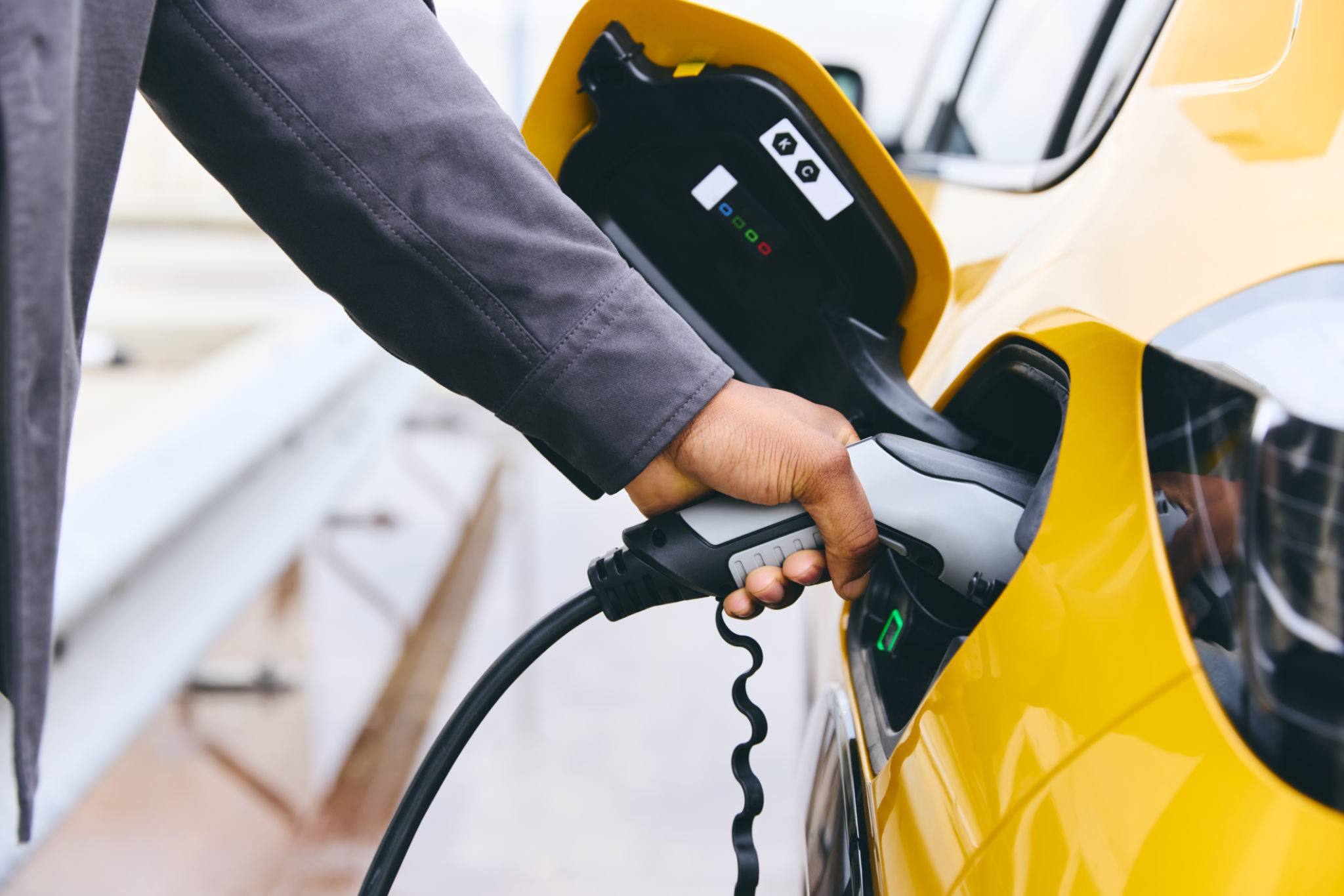Comparing Fleet Charging Solutions: Finding the Best Fit for Your Business
Understanding Fleet Charging Solutions
As more businesses transition to electric vehicles (EVs) for their fleets, choosing the right charging solution becomes crucial. Fleet charging is not just about plugging in vehicles; it's about ensuring efficiency, reliability, and cost-effectiveness. Understanding the different types of charging solutions available can help businesses find the best fit for their needs.
Types of Fleet Charging Solutions
There are several types of fleet charging solutions, each with its own advantages and limitations. The most common include AC Level 1, AC Level 2, and DC Fast Charging.
- AC Level 1: This is the most basic form of charging and uses a standard 120-volt outlet. While it's widely accessible, it is the slowest option, making it suitable mainly for overnight charging.
- AC Level 2: Offering faster charging times, Level 2 chargers use a 240-volt outlet. They are ideal for businesses that need to charge vehicles during the day and have a limited turnaround time.
- DC Fast Charging: Known for its high-speed capability, DC fast chargers can charge a vehicle to 80% in about 30 minutes. They are perfect for fleets that require quick turnarounds but come with higher installation and operational costs.

Considerations for Choosing the Right Solution
When evaluating fleet charging solutions, several factors should be considered to ensure the chosen option aligns with your business needs.
Charging Speed: Determine how quickly your fleet needs to be charged. If vehicles are parked overnight, slower options like AC Level 1 might suffice. For faster requirements, consider Level 2 or DC fast chargers.
Installation Costs: Budget constraints play a significant role in selection. While DC fast chargers offer speed, they also require substantial investment in infrastructure and equipment.

Infrastructure and Space Requirements
The physical space available for charging infrastructure is another critical consideration. Ensure there is adequate space not only for the chargers themselves but also for vehicle maneuverability. Additionally, assess the power supply capabilities of your facility to support the chosen chargers.
You may need to upgrade electrical systems, which can add to the cost and complexity of installation. Consider working with an electrical contractor experienced in EV infrastructure to evaluate your site's capabilities and requirements.
Energy Management and Sustainability
With sustainability becoming a priority for many organizations, choosing a solution that supports energy management can enhance your green credentials. Some advanced charging systems offer smart features that allow you to schedule charging sessions during off-peak hours, reducing energy costs and strain on the grid.
Additionally, integrating renewable energy sources, such as solar panels, can further reduce reliance on traditional power sources and lower operational costs.

Total Cost of Ownership
When calculating the total cost of ownership (TCO) for your fleet's charging solution, consider not only the upfront costs but also ongoing operational expenses. Maintenance, energy consumption, and potential downtime should all factor into your decision-making process.
Comparing these costs against the benefits of reduced fuel expenses and less frequent maintenance associated with EVs can provide a clearer picture of long-term savings.
Scalability and Future-Proofing
Your fleet's needs today might not be the same in the future. Ensure the chosen solution can scale with your business growth. Modular systems or those that support future upgrades can help avoid costly overhauls down the line as your fleet expands or technology evolves.
Staying informed about advancements in charging technology and infrastructure can also help you make better decisions that align with future developments in the industry.
Conclusion
Selecting the right fleet charging solution involves careful consideration of various factors, from charging speed to infrastructure capabilities and sustainability goals. By understanding these elements and prioritizing them according to your business needs, you can find the best fit for your fleet and ensure a smooth transition to electric vehicles.
With the right approach, you can not only enhance operational efficiency but also contribute positively to environmental sustainability efforts while managing costs effectively.
